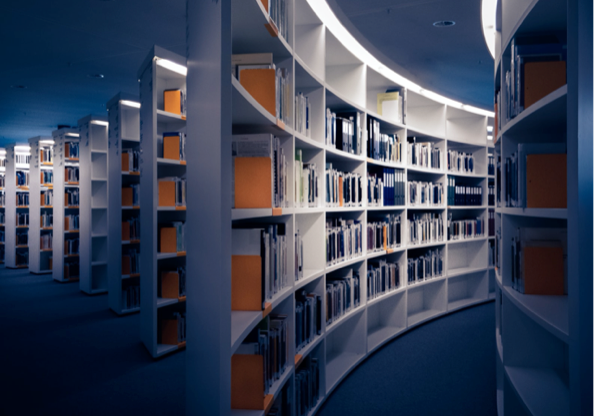A Case Study By British Land
Whether or not we are aware of it, the physical spaces where we spend our lives have a significant impact on our physical and mental wellbeing. But in a world where an entrepreneur needs a superfast internet connection more than she needs a physical office, what is it that the physical environment can bring to a growing business that digital space cannot?
Anyone who has visited a busy city or office will be familiar with how their senses can feel overloaded by competing sights, sounds, smells, cluttered spaces and crowds of people. Conversely, a place designed to consider all these factors can improve productivity, create a more open mindset and engender happiness in the people who spend time there. Our surroundings and their design affect what we do, how we do it and how we feel: the prize is to design-in the positive drivers that can help individuals achieve success and fulfilment.
In 2015, we worked with Happy City to supercharge our approach to creating outstanding spaces. Research showed that happiness and wellbeing are good for business: happier employees are more productive; happier retail staff offer stronger customer service. As a result, businesses are increasingly interested in the quality of the environments they occupy, and economic geographers have found environments that promote more face to face interactions correlate to stronger GDP growth and creativity.
We decided to put this to the test at British Land, taking our own traditional office and completing a renovation that transformed our entire working environment. To assess the impact, we asked staff to complete a survey before and after the work had taken place and the strength of the results changed our entire approach to design.
The proportion of employees who felt that the work environment supported productivity rose from 67% before the renovation to 88% afterwards; 82% of people felt that the new design – which included connecting the three floors via a wide, open central stairway – supported their physical wellbeing, compared with 64% in the original design; Most importantly, 95% felt that the new design had a positive impact on British Land’s culture, compared with 55% before the renovations. We were particularly delighted to see that 99% of people found the new environment ‘enjoyable’ as this is a key component of the wellbeing principles that we created with Happy City in our research phase.
We now design every British Land space around these seven principles, seeking to increase the wellbeing of thousands of people who use our spaces every day, and the success of the businesses that occupy them. At Paddington Central, we’ve invested £10 million transforming previously sterile stretches between buildings into varied and delightful green spaces with cycle routes, sociable pockets of outdoor seating and mature trees, as well as an engaging digital art installation created as a tribute to local computer scientist, Alan Turing. Inside our buildings along Kingdom Street you’ll find vibrant social spaces that are open to all, green environments, coffee spots and roaming reception teams who are bringing a new type of welcome to visitors.
These measures have transformed the public space, creating areas where people from across the campus now connect and spend time and supporting the location’s visible improvement and attractiveness to new, growing occupiers.
The World Health Organisation reports that many people in Europe now spend over 90% of their time indoors. As the boundaries blur between work and leisure, this has led to a growing interest in ‘healthy buildings’ too. This is about employers recognising that the right working environment can help them attract and retain talent as well as improve productivity.
Studies show that access to greenery and other natural elements boost mental health. Enhanced air quality has been linked to improved cognitive function. Shared spaces and recreational opportunities encourage social relationships, one of the most powerful drivers of human health and wellbeing. At our 100 Liverpool Street development in Broadgate, London, we are exploring this research further, partnering with the International WELL Building Institute to test their WELL Certification. This focuses on innovations to promote health and wellbeing through the quality of the physical environment and by facilitating healthy lifestyles, based on specific areas of focus: fresh air, natural daylight indoors, design that encourages fitness, high quality drinking water and healthier food choices, comfortable levels of noise, temperature and access and helping people to connect by designing landscapes with nature and green spaces. Individually, none of these would transform a life, but together they create an holistic framework that can make a real difference to every individual using the space.
Workplaces have an important role to play in preventing ill health before it occurs. Active design can get people moving more, reducing their risk of cardiovascular disease, depression and other health issues. This is important for individual businesses, which benefit from engaged, healthy, resilient employees, as well as for the UK as a whole, which could save £15 billion by 2050 if we began to put wellbeing design principles at the heart of all urban environments from today.
We take our surroundings for granted. Yet they uniquely influence every decision we make: from how we travel to whether we socialise, from how safe we feel to our openness to new ideas. For business seeking an edge through a creative, collaborative and positive culture, a work environment designed around wellbeing could be the secret sauce.



